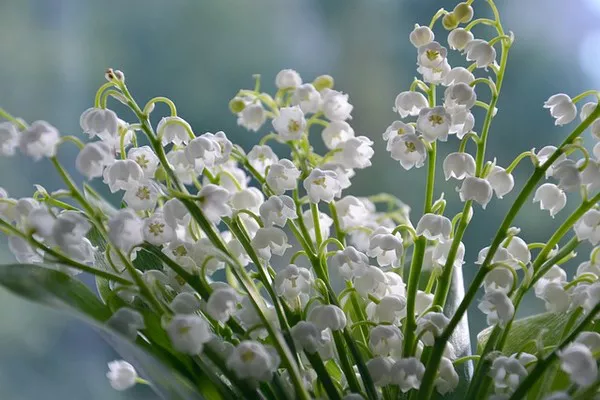Drying flowers is a wonderful way to preserve their beauty and extend their lifespan. Whether you want to cherish a sentimental bouquet or create stunning floral crafts, mastering the art of drying flowers is a rewarding endeavor. In this comprehensive guide, we will delve into various techniques for drying flowers, each offering a unique approach to preserving their delicate charm. From air-drying to using silica gel and even microwave drying, we will explore step-by-step instructions for each method, ensuring your blossoms retain their vibrancy for years to come.
1. Air-Drying Flowers
Air-drying is a traditional and cost-effective method of preserving flowers. This approach is ideal for robust flowers with sturdy stems, such as roses, lavender, and baby’s breath.
Choose flowers at their peak: Select flowers that are fully bloomed but not overripe. Remove any damaged or discolored petals.
Remove excess foliage: Trim the leaves and excess stems to reduce moisture content, preventing mold during the drying process.
Bundle and hang: Group 5-10 stems together and secure them with a rubber band. Hang the bundles upside down in a dark, well-ventilated area. This allows air circulation and prevents wilting.
Patience is key: Depending on the flower type and environmental conditions, air-drying can take up to two weeks. Once dry, the petals will feel crisp to the touch.
2. Pressing Flowers
Pressing flowers is a delicate method that yields flat, preserved blooms, perfect for crafts, scrapbooking, and framed art.
Gather your materials: Place flowers between layers of absorbent paper, such as parchment or blotting paper. Arrange the flowers in a single layer, ensuring they don’t overlap.
Pressing technique: Place the flower-laden paper between the pages of a heavy book or flower press. Apply even pressure, and replace the absorbent paper every few days until the flowers are dry.
Patience pays off: Pressed flowers typically require a few weeks to fully dry. Once dry, they can be used for various creative projects.
3. Using Silica Gel
Silica gel is a desiccant that rapidly absorbs moisture, making it an excellent choice for preserving the shape and color of flowers.
Prepare the flowers: Trim the stems and remove excess leaves.
Choose a container deep enough to accommodate the flower without bending or breaking it.
Layer the silica gel: Pour a layer of silica gel into the container. Gently place the flower on top, ensuring it is fully covered. Carefully sprinkle more silica gel over the petals, making sure they are completely submerged.
Seal and wait: Tightly seal the container with a lid and let it sit for 3-7 days. The silica gel will gradually draw out moisture from the flowers.
Uncover and display: Carefully remove the flower from the silica gel, using a soft brush to gently dust off any remaining crystals. Your preserved flower is now ready to be displayed.
4. Microwave Drying
Microwave drying is a quick and efficient method suitable for small, delicate flowers like daisies, pansies, and violets.
Prepping the flower: Trim the stem and remove leaves as needed.
Place the flower between two layers of microwave-safe paper towels.
Microwave in intervals: Start with 30 seconds on low heat and check the flower’s progress. Continue microwaving in short intervals until the flower feels dry to the touch.
Cool and seal: Allow the flower to cool for a few minutes before handling. Once cooled, spray the flower with a clear acrylic sealer to protect it and enhance its longevity.
5. Tips for Success
Choose flowers with vibrant colors and minimal blemishes for the best results.
Experiment with different drying methods to find the one that suits your flower type and intended use.
Store dried flowers in airtight containers or display cases to protect them from dust and humidity.
Consider using dried flowers in various creative projects, such as potpourri, wreaths, and greeting cards.
Conclusion
Preserving the beauty of flowers through drying techniques allows you to enjoy their splendor long after they’ve been plucked from the garden. Whether you opt for air-drying, pressing, silica gel, or microwave drying, each method offers a unique way to retain the elegance and charm of blossoms. With a little patience and creativity, you can transform ordinary flowers into cherished keepsakes and captivating works of art. So, gather your favorite blooms and embark on a journey to master the art of drying flowers—a skill that will undoubtedly bring joy and inspiration to your life.


